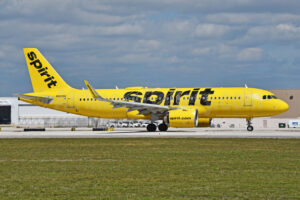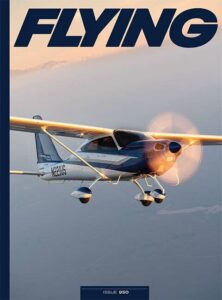In the late 1970s, Northrop developed the Tacit Blue aircraft to advance U.S. Air Force objectives in stealth and radar systems, enabling real-time ground radar tracking data.
While only one was built, it successfully demonstrated the feasibility of these critical technologies.
Northrop Built Only One Blue Whale
Northrop only built one of the aircraft, making 135 flights for about 230 hours of flight time between 1982 and 1985. The Tacit Blue had a unique, and some might say odd, look. It had only one pilot, was 55 feet long, and was powered by two Garrett ATF3-6 high-bypass turbofan engines. It had a boxy, wide fuselage, which some said was similar in shape to a school bus or a whale. Its pudgy shape gave it its nickname, the “Blue Whale.”

In fact, while Northrop was working on the aircraft, they placed images of whales on letterheads, painted them in the lobby of their headquarters, and stamped whale logos on company equipment.
DARPA Interested in Aircraft Stealth and Radar Technologies
The Tacit Blue project started in the late 1970s when the Defense Advanced Research Projects Agency (DARPA) began studying stealth technologies. DARPA then asked Northrop if it could design an aircraft with stealth and radar capabilities that could also safely orbit or loiter near enemy defenses.
The program officially started in 1978 as part of an overall Air Force electronics program with the code name “Pave Mover.” Northrop received a $136 million contract, which eventually increased to $165 million.
Distinct Shape of Tacit Blue Whale
The Tacit Blue’s mission requirements forced Northrop to create a distinct design. They faced the challenge of giving the aircraft advanced stealth capabilities while also fitting the large antenna it needed for its radar system.
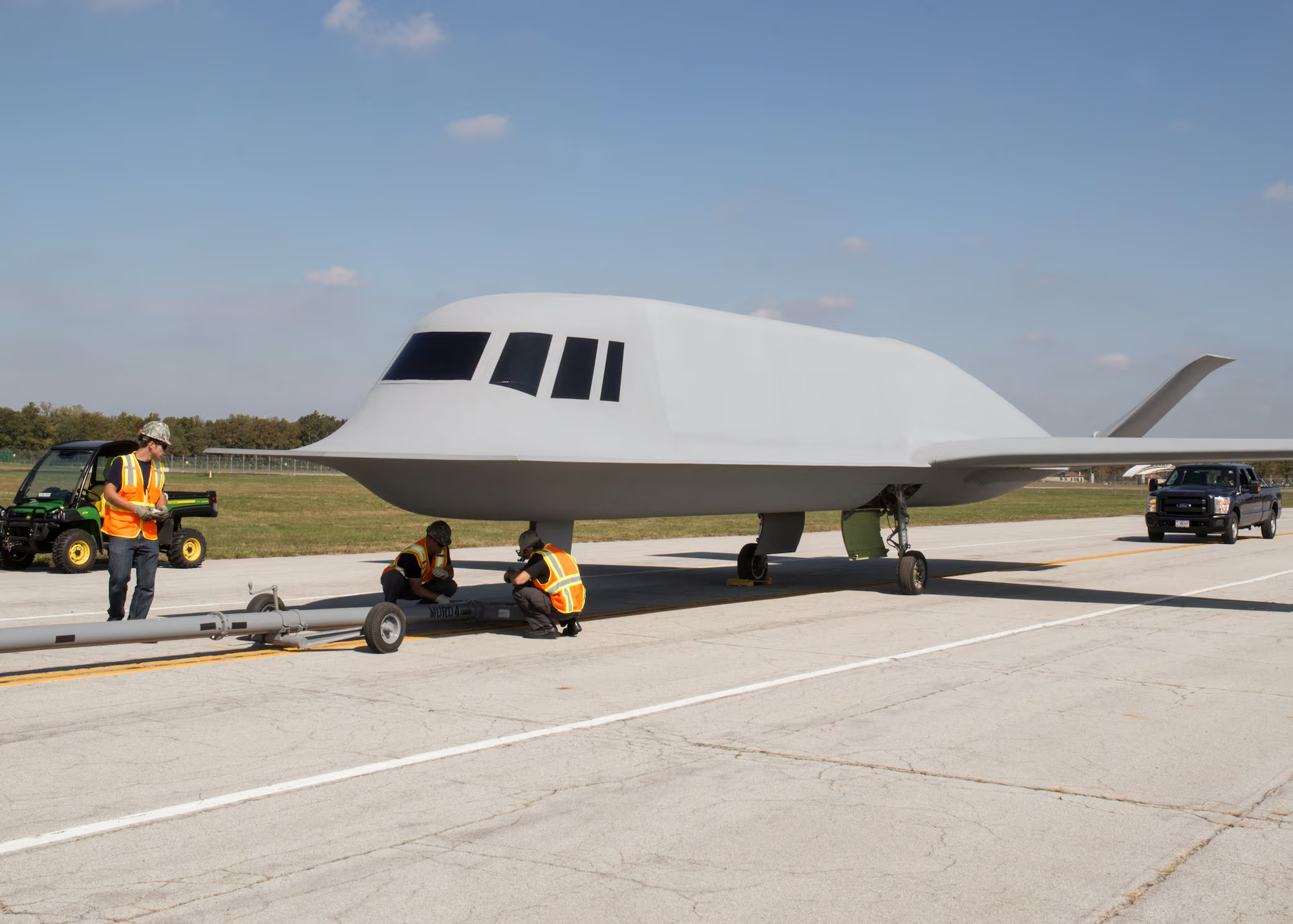
One key challenge in developing the aircraft’s stealth capability was finding an effective shape. The design team first tried a faceted design similar to the multiple flat surfaces that deflect radar signatures on the F-117 stealth fighter. When Northrop engineers could not get that to work, they switched to using a curvilinear or Gaussian shape. This design worked, resulting in the Tacit Blue obtaining a distinct sloped back, curved belly, and shovel nose.
Aircraft Proves Effectiveness of Advanced Stealth Technologies
While not providing specific details on the Tacit Blue’s performance, USAF Lt. Gen. George K. Muellner confirmed this, jokingly saying its radar cross section was “below that of a bat.”
More evidence of its stealthiness came during its development when the Air Force tested it against an F-15E with AN/APG-63 radar. The F-15 pilot could not detect the Tacit Blue until he got within visual range.

Proof of the design’s success is evident in today’s modern aircraft. Both the B-2 stealth bomber and F-22 air-superiority fighter use the Gaussian design approach.
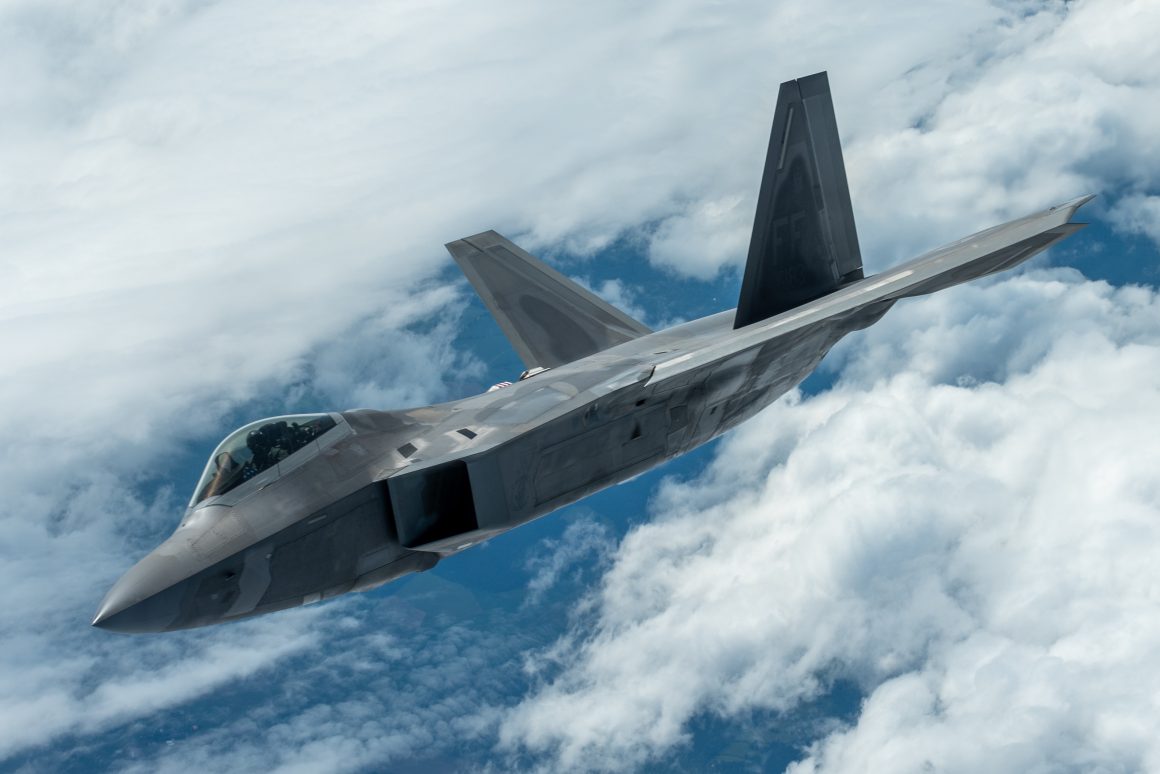
Tacit Blue Radar Leads to Development of Joint Stars Platform
The Tacit Blue’s advanced side-looking array (SLAR) radar system also addressed the Air Force’s goals for the project. The plan was to have an aircraft with powerful ground observation radar that could loiter over an operational area while escaping detection. Flight testing proved that Tacit Blue could meet these goals. The aircraft could orbit over a designated area from 15 to 30 thousand feet while flying at 250 knots.
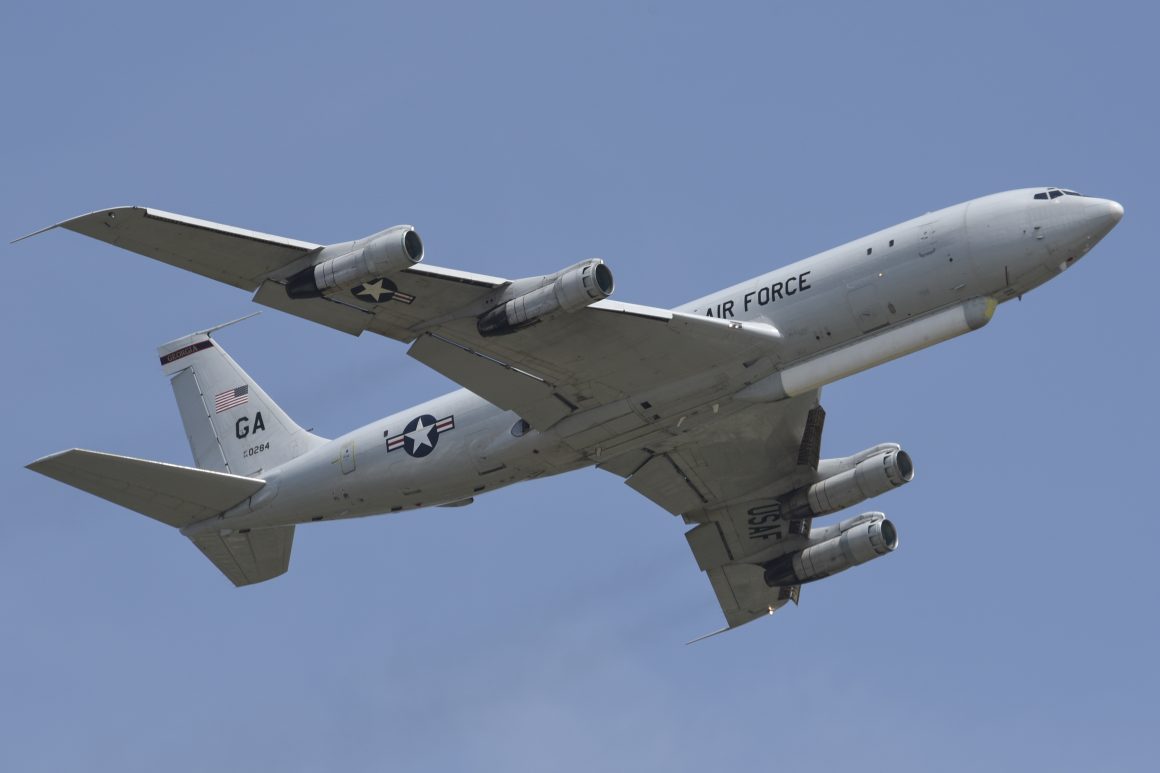
The Tacit Blue SLAR’s performance directly led to the development of the long-range, long-endurance radar Joint STAR platform on the J-8 aircraft. This loitering ability was an important feature compared to what an aircraft like the SR-71 could do, as it took photographs as it passed over an area.
Unstable Aircraft Required Quadruple-Redundant Flight Control System
The aircraft only served as a test bed, and it did have some problems engineers and pilots had to account for. Due to its shape and configuration, it was “aerodynamically unstable” in flight. Northrpp engineers designed it with a “quadruple-redundant fly-by-wire flight control system” to overcome this.
One of the features of this design included four computers. Pilots reported the aircraft had excellent flying and control when all four computers operated correctly. However, this was not the case if even one of the computers failed or went offline.
If this happened, the aircraft, according to a Northop vice president, was “one of the most unstable aircraft ever flown.” When flying with only one operational flight control computer, a Northrop engineer compared its stability to that of the Wright Flyer.
However, stability and aerodynamic efficiency were never the goals for the Tacit Blue. And by all accounts, it was very successful in leading developments in stealth and radar technologies.
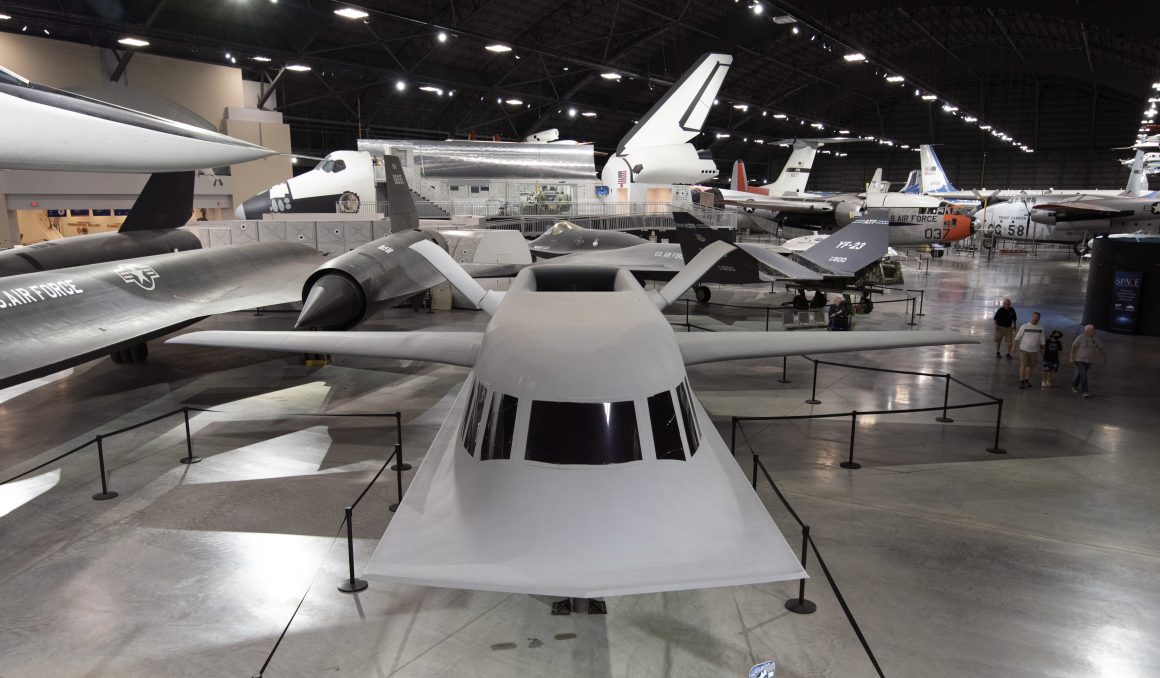
Total
0
Shares
Credit: avgeekery.com



